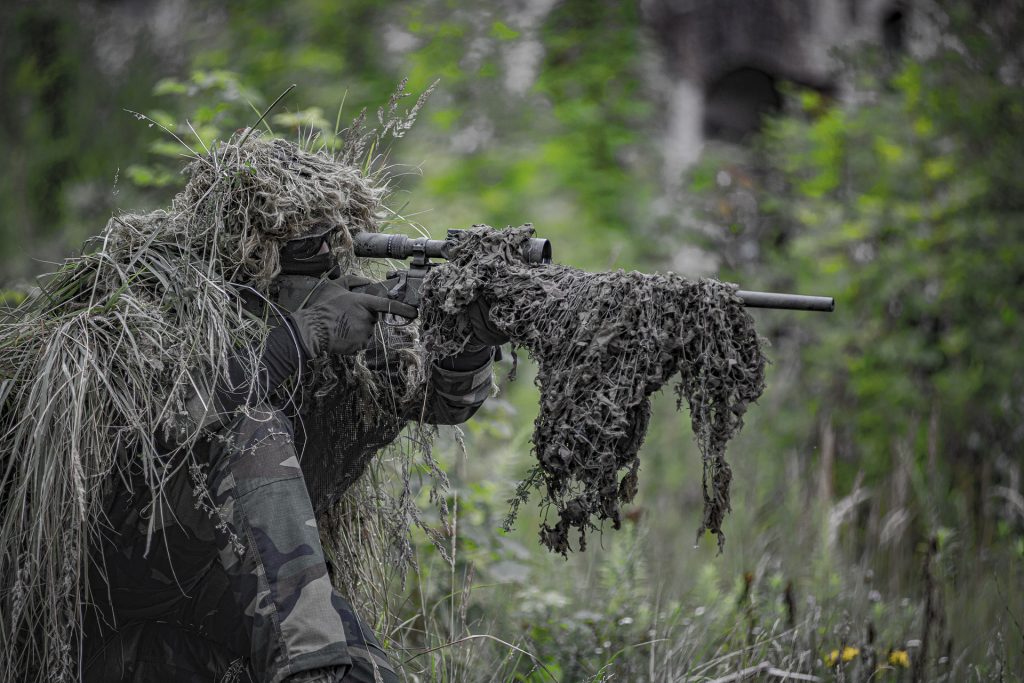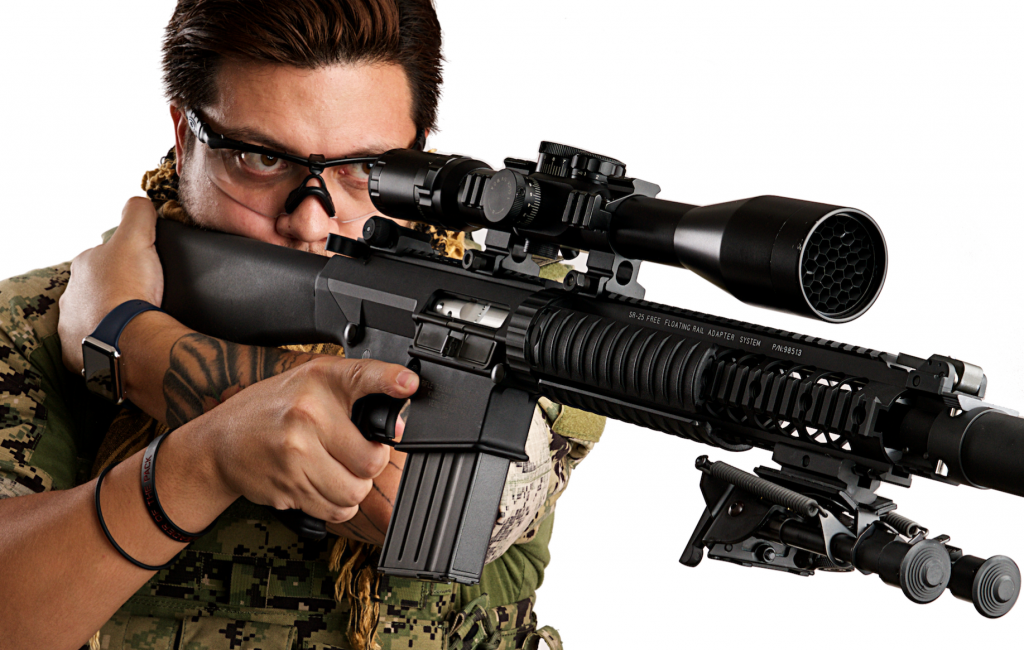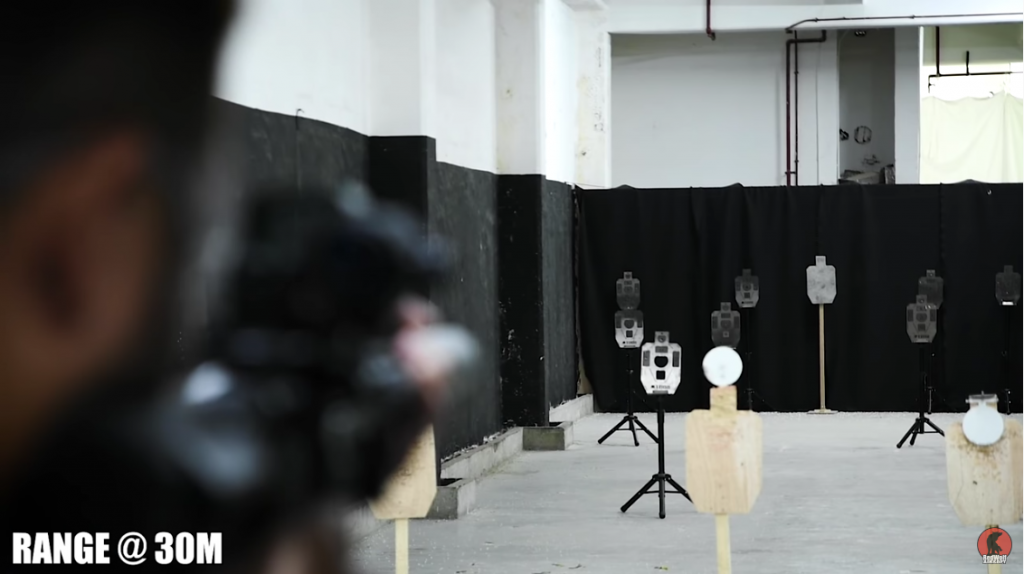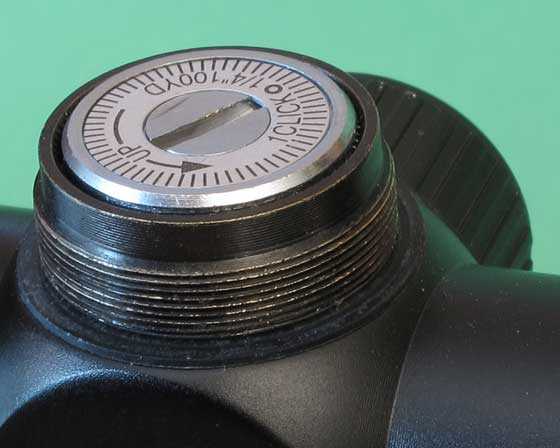How to Adjust a Rifle Scope (for Airsoft)
Having a good scope on your rifle can be a major advantage in airsoft battles. In fact, if you are using a sniper rifle or otherwise planning to engage in medium to long-range gunfights, knowing how to adjust a rifle scope is a necessity. Thankfully, there is a wide range of airsoft scopes and sights on the market that you have available to choose from, and finding a scope that suits both your budget and your needs shouldn't be a challenge.

What many people don't realize, though, is that using a scope properly and to its full potential isn't quite as simple as attaching it to the gun and expecting it to always be perfectly on-target. In order to use a scope effectively, you need to familiarize yourself with how your scope function and become comfortable with how scope adjustment works. In this article, we will cover how scopes function as well as how to adjust a rifle scope for optimum results.
Scope Basics
Before we dive into how to adjust a rifle scope, it's important to start by examining what a scope is and how it functions. In the simplest possible terms, a scope is a magnification device designed to provide a clearer, more magnified sight picture at long ranges.
A scope includes several different components, including:
- The eyepiece and ocular lens that you look through
- The objective lens that provides the majority of the magnification
- The scope's crosshairs
- A power ring for adjusting the scope's level of magnification
- A parallax adjustment ring for adjusting the focus of your sight picture at different ranges
- A windage adjustment knob that enables left and right adjustments when sighting the scope in or adjusting for windage
- An elevation adjustment knob that enables up and down adjustments when sighting the scope in or adjusting for range

In order to get the most benefit out of your rifle scope, it is important to familiarize yourself with each of these scope components and how they function. It is also important to keep in mind a magnified shot picture doesn't mean that the shot will be quite as easy as it might seem. While a scope may make your target appear as if it is just a few feet away, hitting a magnified target that appears close is still much more difficult than hitting an actual close range target. First, there's the fact that windage and bullet drop must be taken into account at long ranges. Second, when viewing a target at high magnifications, the tiniest bit of movement can cause your crosshairs to jump around dramatically. Nevertheless, it's certainly much easier to hit a long-range target with a good scope on your rifle than it is to hit the same target using iron sights.
Sighting vs Zeroing vs Adjusting

Sighting, zeroing, and adjusting a scope are terms that are often used interchangeably. However, there is a key difference between sighting in or zeroing a scope and adjusting one. The primary focus of this article is to teach you how to adjust a rifle scope. However, knowing how to zero a scope is quite important as well.
Sighting in or zeroing a scope is the process of getting the scope on target before you take it out into the field. When you first attach a scope to your rifle, chances are that the scope's point of aim (POA), or where the crosshairs show that you are aiming, is going to be nowhere near the rifle's actual point of impact (POI), or where the rifle is actually aiming and where the pellet with actually impact.

Before a scope is ready to use, it has to be sighted in. Sighting in a rifle scope requires you to shoot your rifle a few times in order to see where the pellets are hitting on a target and compare that with where the scope is telling you they should hit. From there, you can adjust your scope using the windage and elevation adjustment knobs and repeat the process until your scope's POA and the rifle's POI are aligned.
Adjusting a scope, meanwhile, is the process of making adjustments to your scope in the heat of battle in order to make a more accurate shot. Keep in mind that when you sight a scope in, you are only sighting it in for one specific range and windage. Let's say, for example, that you zero your scope in at 50 yards on a day when there isn't any wind. If you take your rifle to an airsoft battle the next day and try to make a shot from 100 yards when the wind is blowing right to left, chances are your BB isn't going to land where you want it to. The increased distance will create more drop while the increased windage will create more right to left movement of the BB. To counter this, you will need to make adjustments to your scope on the fly - and this is the process we will cover in the next section.
Four Types of Scope Adjustments

There are four main types of adjustments that a scope may allow you to make: magnification, windage, elevation, and parallax. However, not every scope enables all four of these adjustments. While almost all airsoft optics will include windage and elevation adjustments, magnification and parallax adjustments aren't found on every optic. Some optics are fixed magnification and don't allow you to adjust the magnification of the optic up or down. Parallax adjustment, meanwhile, is somewhat of a more high-end feature typically found on more expensive optics. With that said, here is how to adjust all four of a scope's possible adjustments:
Magnification

Adjusting a scope's magnification is a very straightforward process. All you have to do is rotate the scope's power ring near the eyepiece until you achieve the desired magnification. Just keep in mind that the highest magnification isn't always the best. While high magnification is typically better for longer ranges, walking around with your scope on the highest possible magnification can make it difficult for you to quickly acquire your target at shorter ranges.
Windage

The windage adjustment knob on your scope allows you to make left to right adjustments in order to counter the effect of wind on your BBs flight path. If you notice, for example, that the wind is pushing your BBs to the left, adjusting your scope to the left using the windage adjustment knob on the side of the scope will enable you to counter the wind's effects.
Elevation

The elevation adjustment knob is the adjustment knob on the top of your scope that allows you to make up and down adjustments. These adjustments are sometimes necessary when you are shooting at varying ranges. If, for example, your scope is sighted in at 50 yards and you are trying to make a 100 yard shot, you will need to adjust your scope's crosshairs down in order to account for the increased pellet drop at the longer range.
Parallax
Parallax is a little more complex than the other three types of scope adjustments. If you look through a scope and notice that the crosshairs are moving on the target as you shift your eye position even though the scope itself isn't moving, the issue is that your parallax isn't properly adjusted for the distance you are shooting. In the same way that the human eye needs to adjust to different distances, so does a scope. The difference is that, unlike your eyes, a scope is not able to make this adjustment automatically. Since parallax is really only an issue at high magnification and long ranges, many lower magnification optics will not include a parallax ring. On scopes that do enable for parallax adjustment, though, you should see an adjustment ring that is marked with various distances. Simply set the parallax adjustment ring to the distance you will be shooting at in order to ensure a clear and consistent sight picture.


